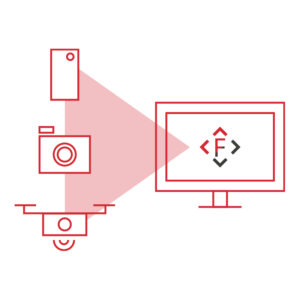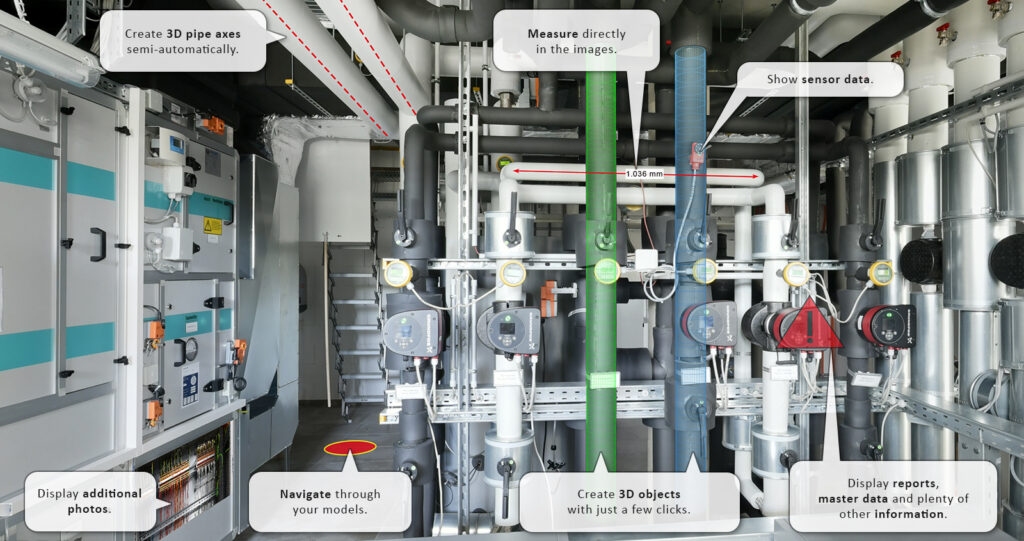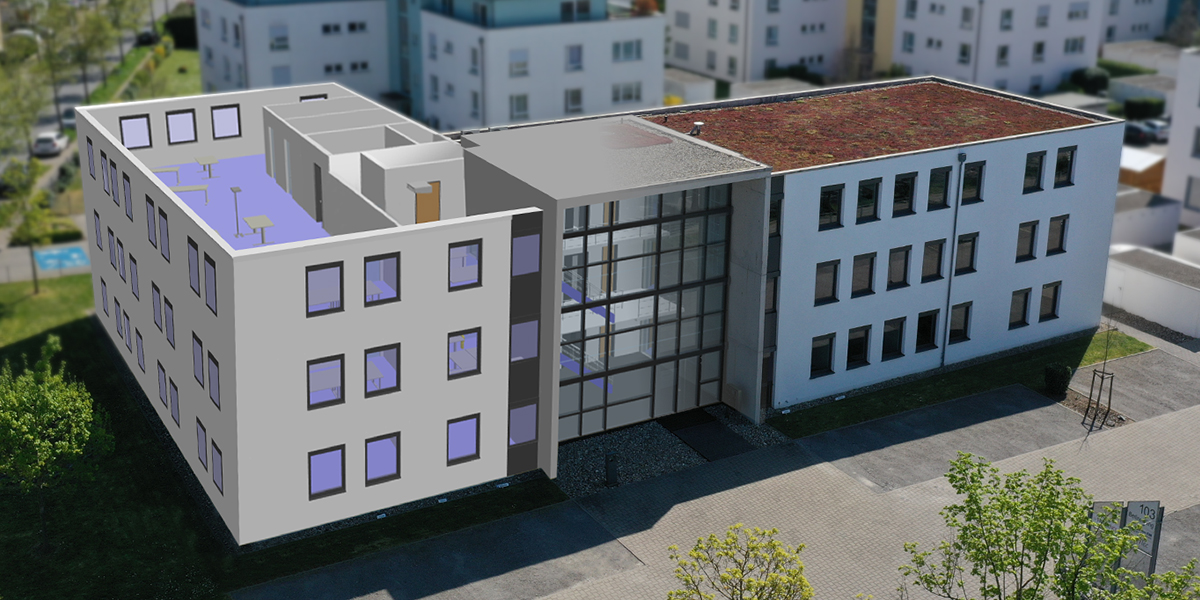There really is no two ways about it, but BIM will be the future standard in all medium to large size construction projects. But BIM does not stop at the construction site. It is much rather transferred on to the operations where it acts as the foundation for all the processes. The whole idea of course is that all the data collected during construction is available for the later operations. Lots of information on components, assets or technical installations is readily available during construction and can easily be derived from the planning.
In an ideal world, a complete model containing all the information on the building (a so-called Asset Information Model – AIM) is handed over to the owner/operator. This model is imported into the operator’s existing IT-system and operations can “just start”. Thereby, once the standards are defined and, of course, the data quality is decent, the step from construction to operation is relatively easy.
As building and technical installations undergo constant changes, new as well as updated data need to be collected and documented. And this is exactly where the idea of a “Common Data Environment” (CDE), a Digital Twin or a “Single-Source-of-Truth” comes into play. Such a CDE is aimed at storing all data generated over the asset’s entire life cycle. This approach does sound fantastic on paper but is bound to fail in real life. This is due to the existence of large numbers of different processes, IT-systems, data sources and data storages.
Nowadays, any building owner will typically have at least three different IT-systems in place, all of which are critical for operations. These are usually a building management system (BMS), a CAFM-system and an ERP-system. The BMS operates and controls all technical installations within the building, the CAFM manages all the operational processes and the ERP caters for all the commercial processes. But it does not stop there: additional systems will be in place for specialized use cases. These are for example energy management, portfolio management, sensors- and other IoT-applications and management systems for specialized technical installations. And if that wasn’t enough, the external facility service providers will also have individual systems in place in which they store data.
When you look at the market, there are some players who want to act as such a “CDE” and combine all data in their centralized (cloud-) platform. This centralization of process data in one platform will automatically create massive redundancy as the data is stored numerous times. A solution would be to replace all existing process systems with this one centralized platform. Given the sheer number of existing systems and processes, this is rather unrealistic – even if vendors do advertise slightly differently.
Given that a CDE still yields major benefits to all building stakeholders, how can we make this dream come true?
First, let us put aside the idea of a centralized data storage and take a step back to look at the whole picture. At the heart of the CDE lies the idea of having all information in one place. Every authorized stakeholder must be able to access important data through a middleware or user interface. So the point is not the data storage, but much rather data access.
This is exactly the approach we have taken with FRAMENCE. We have created a method with which authorized users may access their data; while the data itself remains in the legacy systems. This approach does not only solve the problems with data redundancy, but it also allows the specialists to continue with their process systems. With FRAMENCE, the idea of a CDE can become reality with a manageable effort.
Sounds cool – but how do we do it?
Actually it is pretty simple. Based on normal photos, taken with off-the-shelf camera equipment, our AI-driven software automatically generates a 3D photorealistic digital twin. The photos are processed in such a way, that they now contain 3D information and are located in a 3D-coordinate system. This enables the user to turn pixels in the photo into real 3D-points and attach points-of-information (PoI). This sounds rather tricky, I know, but for the user it is only two clicks.

Any image source may be used for the twin
These PoI are the core of our CDE-approach. While the photos ensure that the user knows what he/she is looking at, the PoI can provide the link to the legacy system containing data. Depending on the existing system, data access can take different shapes. It could only be a link to an existing dashboard providing live data. In more complex scenarios, the link may be access to a legacy database. The smoothest and most comfortable way is by using web services. This standardized interface technology does not only allow for quick and easy access to existing systems, but it also enables dynamic search functions as well as anchors in the 3rd party system.
When using FRAMENCE, by clicking on an object visible in a photo, the software will display the information on the object stored in one of the many existing systems. So there is no need to logon to a bunch of different systems trying to find the necessary information. Click on it – and FRAMENCE does the rest.
But coming back to BIM, it is assumed that all future changes and alterations to the building need to be transferred back to the original as-built model. This is why we enhanced the photos further to provide our users with “Photo-to-BIM” functionality. Based on the photos, real 3D objects such as doors, walls or beams can be created with a few clicks. These 3D-objects are then transferred to the BIM-authoring system using the standardized ifc-format. This ensures, that even the existing BIM-model may be altered if necessary.
Thanks to FRAMENCE, our customers can already benefit from having a real Common Data Environment. If you also want to be ahead of your time, we are happy to hear from you.

All information in one place








